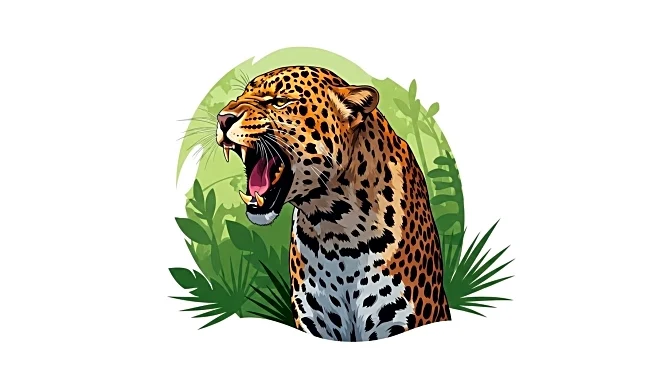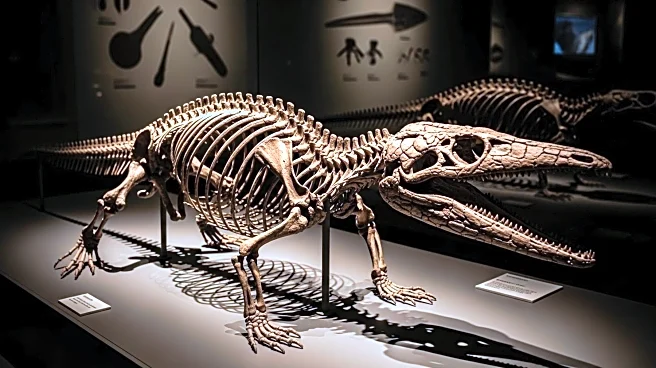What's Happening?
A study using artificial intelligence (AI) has provided new insights into the predation of Homo habilis, an early human ancestor, by leopards nearly 2 million years ago. Researchers analyzed two Homo habilis specimens from the Olduvai Gorge in Tanzania, identifying previously undocumented carnivore tooth marks on the fossils. The AI tools, trained to recognize bone markings from various carnivores, attributed the marks to leopards with high confidence. This suggests that leopards not only attacked but also consumed these early humans, providing a clearer picture of the challenges faced by Homo habilis in their environment.
Why It's Important?
The use of AI in this study represents a significant advancement in paleoanthropology, allowing for more precise identification of predator-prey interactions in the fossil record. Understanding the threats faced by early human ancestors can shed light on their survival strategies and evolutionary pressures. This research also highlights the potential of AI to enhance our understanding of ancient ecosystems and the interactions between species.
What's Next?
Further application of AI in paleoanthropology could lead to more discoveries about the interactions between early humans and their predators. Researchers may expand their analysis to other fossil sites and species to build a more comprehensive picture of ancient ecosystems. The integration of AI with traditional methods could revolutionize the study of human evolution.
Beyond the Headlines
The study underscores the importance of interdisciplinary approaches in archaeology, combining technology with traditional methods to uncover new insights. It also raises questions about the role of predation in shaping human evolution and the development of defensive behaviors and tools.










